Decorating a space is often all about finding that perfect color. Are you using the Pantone color of the year? Maybe you want to find a blue that matches your favorite piece of artwork. You might also be searching for the greige that coordinates with the rest of your house.
What about white?
White can sometimes be the perfect neutral. It can be a great color for a space that does not have too much natural light. It can also be an option in a busy room that is full of color everywhere. When we rely on our fabrics and furniture and accessories to bring the color into a space, sometimes we just need white walls to balance it all out.
Finding the perfect white is not so simple these days. If you go to the paint samples and look for white you are faced with countless options. The Benjamin Moore color gallery alone has 157 options for white. Where do you even begin in selecting that perfect white?
Here are some tips to keep in mind:
Start with the tone of your space. Are you looking to evoke warmth? Pick a white with warmer undertones such as pinks or yellows. Would you like to lean toward a cooler shade? Focus on the whites with blue or gray undertones. A little trick to figure out the undertones is squinting. Without focusing directly on something, our eyes pick up tones and shades.
Next, you want to coordinate the white with the rest of the room. Are you painting a bedroom? You might want to focus on a warmer shade of white. Are you looking to paint your modern kitchen? If that is the case, focus on a cooler shade. Taking in the surroundings and style of the room is a big part in making your white work in that space.
Another important step is to take the ceiling and moldings into account. If the ceiling were darker than the white on your walls, it would stand out a bit. This would then bring the visual size of the room down a bit. What works best is for the ceiling and moldings to be a bit brighter than the walls.
Before you commit, the last step is to test it out. A trick for that is to paint some poster board or foam core with your paint samples. Hang them up for a few days to get accustomed to the color in all sorts of situations. Seeing a color during the early morning light, the evening dusk, a rainstorm or with artificial light at night lets you know if your new color will work for you and your room.

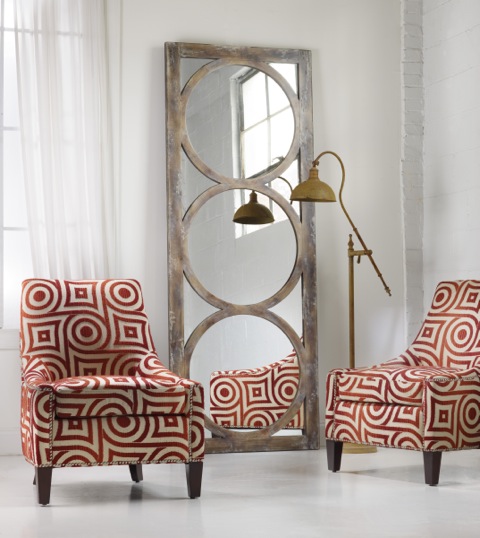
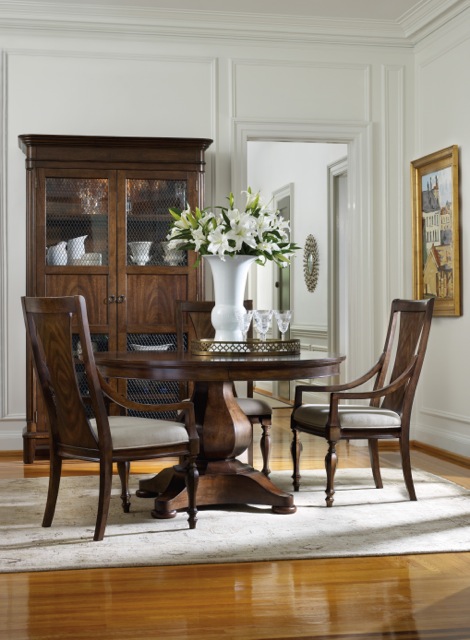
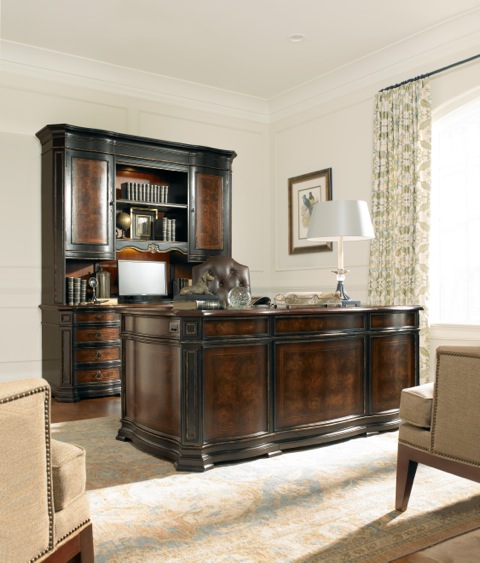
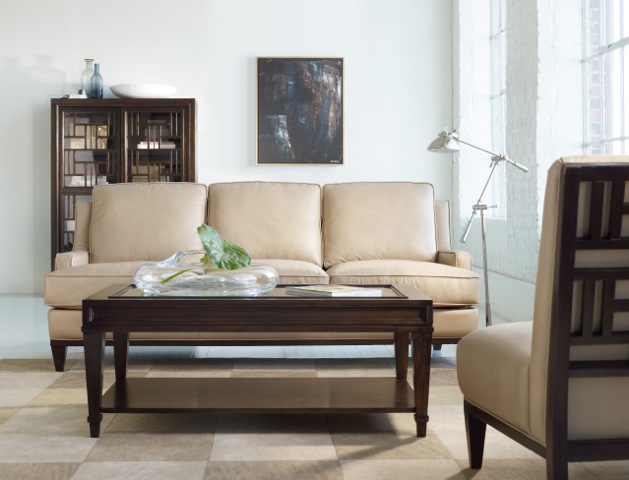
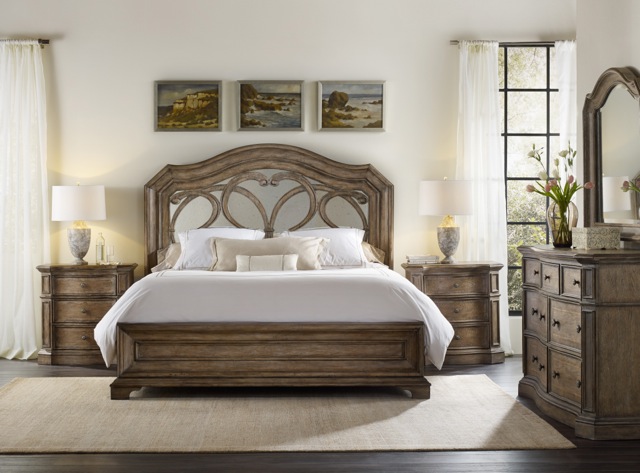
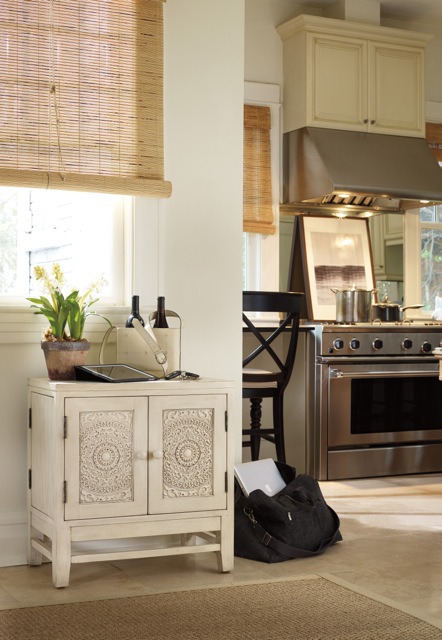










{ 0 comments… add one }